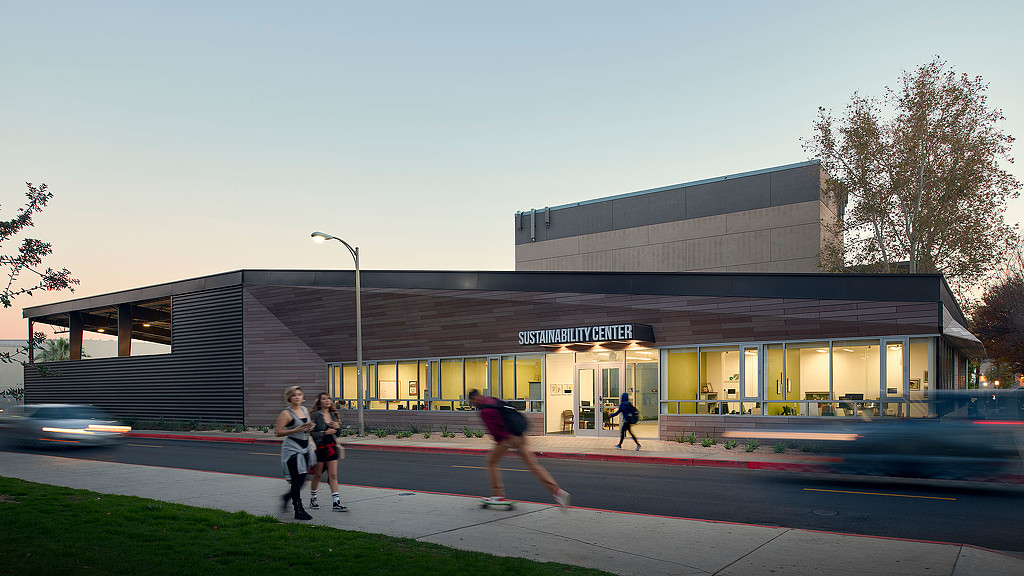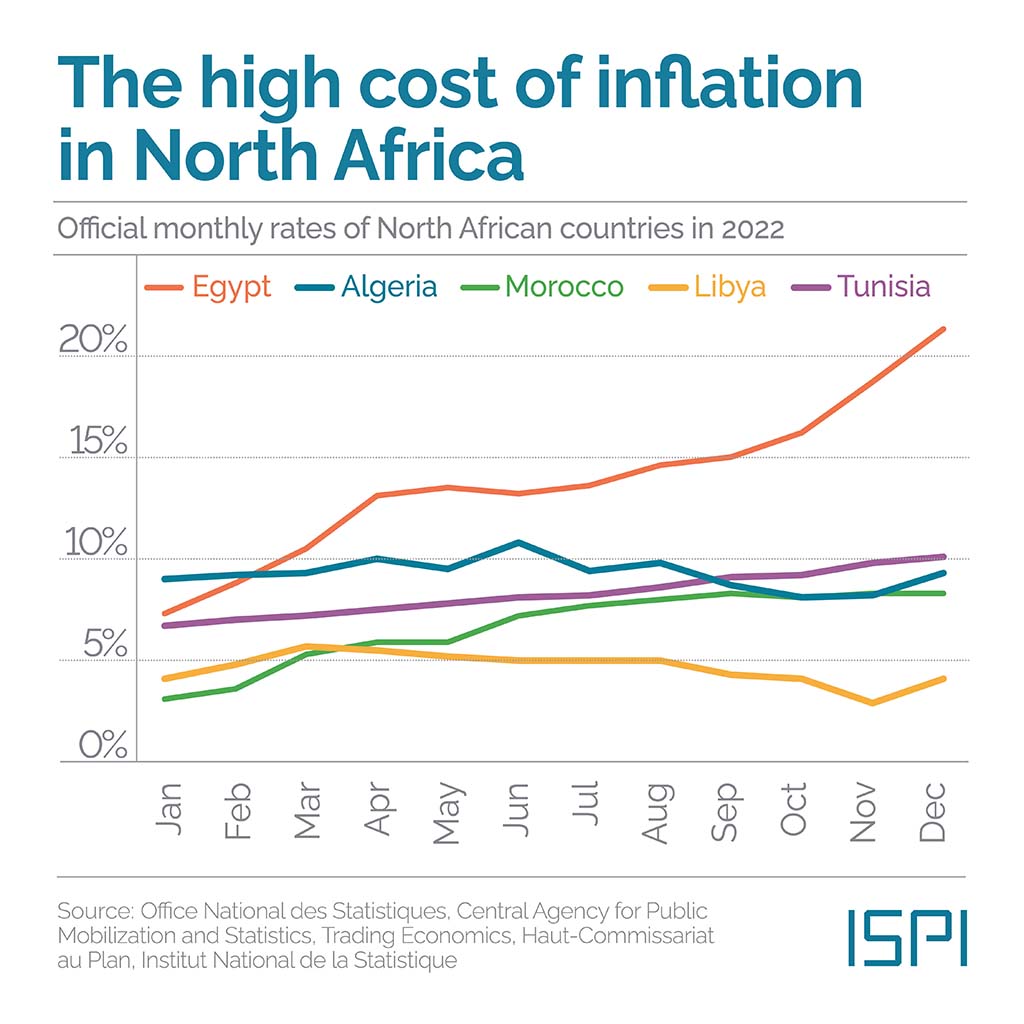Report on the STOP COVID-19 CA Network’s Impact on Health Equity and Sustainable Development Goals
Introduction: COVID-19 and the Challenge to SDG 3 and SDG 10
The COVID-19 pandemic exacerbated existing health disparities, presenting a significant challenge to the achievement of Sustainable Development Goal 3 (Good Health and Well-being) and SDG 10 (Reduced Inequalities). A recent report published in Health Expectations analyzes the response of the Share, Trust, Organize, Partner COVID-19 California Alliance (STOP COVID-19 CA) in addressing these challenges.
- Disproportionate Impact: Communities of color, including Latino, Black, and Native American populations, along with low-income groups, experienced significantly higher rates of COVID-19 infection, hospitalization, and mortality.
- Underlying Factors: Key drivers of this inequality included systemic issues such as crowded housing, dense neighborhoods, systemic racism, and employment instability, all of which are barriers to achieving SDG 10.
The STOP COVID-19 CA Model: A Framework for SDG 17 (Partnerships for the Goals)
Formed in 2020, STOP COVID-19 CA represents a multi-stakeholder partnership aligning with the principles of SDG 17. The network brought together academic institutions and community organizations to create a collaborative and effective public health response.
- Network Composition: The alliance included 11 universities and over 75 community organizations across 14 California counties.
- Community-Led Approach: A defining feature was its community-first methodology, where local organizations and grassroots leaders were empowered as equal partners in the research and implementation process. This participatory model is crucial for building the effective and inclusive institutions outlined in SDG 16 (Peace, Justice and Strong Institutions).
Key Activities and Contributions to Health Equity (SDG 3)
The network’s activities from August 2020 to December 2021 were directly aimed at improving health outcomes and ensuring equitable access to care, contributing to targets within SDG 3.
- Data Collection and Research: Over 11,000 Californians were surveyed, and numerous focus groups were conducted to ground the response in community needs.
- Community Engagement: Hundreds of events, from town halls to vaccination clinics, were organized to disseminate reliable information and services.
- Culturally Competent Outreach: Community health workers (promotoras) were integral in designing and delivering health information that was culturally and linguistically appropriate, improving health literacy and access.
Evaluation of Impact: Ripple Effects Mapping
A participatory evaluation using the Ripple Effects Mapping method assessed the network’s broader impact on sustainable development principles. The findings indicate progress beyond the immediate pandemic response, building long-term capacity for health equity.
Outcomes and Long-Term Implications for Sustainable Development
The evaluation confirmed that the STOP COVID-19 CA network generated significant positive outcomes that support the long-term achievement of multiple SDGs.
- Strengthened Partnerships (SDG 17): The model enhanced trust and collaboration between academic and community partners, creating a durable infrastructure for future health initiatives.
- Capacity Building: The network built lasting skills within communities for health equity research and advocacy.
- Advancing Health Equity (SDG 3 & 10): The alliance not only improved the immediate COVID-19 response but also established a foundation for reshaping public health to better serve marginalized populations.
- A Replicable Model: The report concludes that STOP COVID-19 CA serves as a successful model for how diverse stakeholders can collaborate to tackle complex health disparities, thereby advancing the core SDG principle of “leaving no one behind.” The need for systemic changes in university-community funding and engagement was identified as a critical next step.
Analysis of Sustainable Development Goals in the Article
1. Which SDGs are addressed or connected to the issues highlighted in the article?
-
SDG 3: Good Health and Well-being
- The article’s central theme is public health, specifically the response to the COVID-19 pandemic. It discusses health outcomes such as “rates of infection, hospitalization, and death” and the efforts to improve “access to reliable information, testing, and vaccination.” This directly aligns with the goal of ensuring healthy lives and promoting well-being for all.
-
SDG 10: Reduced Inequalities
- The article explicitly states that the “COVID-19 pandemic did not affect everyone equally” and highlights how “Communities of color, especially Latino… Black, and Native American groups, as well as people with low incomes, experienced much higher rates” of adverse health outcomes. The entire initiative described, STOP COVID-19 CA, was designed to “tackle health inequalities in underserved communities,” which is the core focus of SDG 10.
-
SDG 11: Sustainable Cities and Communities
- The article identifies “Crowded housing, dense neighborhoods, and location” as key factors that “played a major role in how the virus spread.” This connects the issue of health disparities to the living conditions within communities, which is a key component of SDG 11, particularly its focus on ensuring access to adequate and safe housing.
-
SDG 17: Partnerships for the Goals
- The article extensively details the collaborative nature of the STOP COVID-19 CA network, which “brought together 11 universities… and more than 75 community organizations.” It emphasizes the importance of these partnerships in achieving health equity, describing the initiative as a “model for how researchers and communities can work together.” This directly reflects the principles of building multi-stakeholder partnerships to achieve sustainable development goals.
2. What specific targets under those SDGs can be identified based on the article’s content?
-
SDG 3: Good Health and Well-being
- Target 3.3: “By 2030, end the epidemics of AIDS, tuberculosis, malaria and neglected tropical diseases and combat hepatitis, water-borne diseases and other communicable diseases.” The article’s focus on responding to the COVID-19 pandemic, a communicable disease, and mitigating its spread directly relates to this target.
- Target 3.8: “Achieve universal health coverage… and access to safe, effective, quality and affordable essential medicines and vaccines for all.” The network’s work to improve “access to… testing, and vaccination” for the most affected communities is a direct effort to achieve this target.
- Target 3.d: “Strengthen the capacity of all countries… for early warning, risk reduction and management of national and global health risks.” The STOP COVID-19 CA network serves as a model for strengthening community capacity to manage and respond to a public health crisis.
-
SDG 10: Reduced Inequalities
- Target 10.2: “By 2030, empower and promote the social… inclusion of all, irrespective of… race, ethnicity… or economic or other status.” The article highlights the network’s “community-first approach” where “Local organizations and grassroots leaders didn’t just participate; they led.” This empowerment of marginalized communities is central to Target 10.2.
- Target 10.3: “Ensure equal opportunity and reduce inequalities of outcome…” The article addresses the root causes of health disparities, such as “Systemic racism, discrimination, and unstable jobs,” and the network’s goal was to “tackle health disparities” and reduce the unequal health outcomes experienced by specific communities.
-
SDG 11: Sustainable Cities and Communities
- Target 11.1: “By 2030, ensure access for all to adequate, safe and affordable housing and basic services…” The article links poor health outcomes directly to “Crowded housing,” implying that improving housing conditions is essential for community health and resilience, which aligns with the goal of this target.
-
SDG 17: Partnerships for the Goals
- Target 17.17: “Encourage and promote effective public, public-private and civil society partnerships…” The entire STOP COVID-19 CA initiative, a collaboration between academic institutions (public/private) and over 75 community organizations (civil society), is a direct embodiment of this target. The article concludes that the network “stands as a model for how diverse communities… can come together with researchers.”
3. Are there any indicators mentioned or implied in the article that can be used to measure progress towards the identified targets?
-
Indicators for SDG 3 (Good Health and Well-being)
- Health Outcome Metrics: The article explicitly mentions “rates of infection, hospitalization, and death” as key measures of the pandemic’s impact. These serve as direct indicators for monitoring the burden of communicable diseases (Target 3.3).
- Service Coverage: The goal of improving “access to… testing, and vaccination” implies that progress can be measured by tracking vaccination and testing rates within the targeted underserved communities (Target 3.8).
-
Indicators for SDG 10 (Reduced Inequalities)
- Disaggregated Data: The article’s core premise is the disparity in health outcomes. An implied indicator is the measurement of health statistics (infection, death rates) disaggregated by race (Latino, Black, Native American) and income level (“people with low incomes”) to track the reduction of these inequalities (Target 10.3).
-
Indicators for SDG 11 (Sustainable Cities and Communities)
- Housing Conditions: The mention of “Crowded housing” as a key factor implies that the proportion of the population living in such conditions can be used as an indicator to assess vulnerability to public health crises (Target 11.1).
-
Indicators for SDG 17 (Partnerships for the Goals)
- Number of Partners: The article quantifies the partnership by stating it included “11 universities… and more than 75 community organizations.” This number serves as a direct indicator of the scale of the multi-stakeholder partnership (Target 17.17).
- Partnership Activities: The article lists specific outputs of the collaboration, such as surveying “more than 11,000 Californians,” conducting “dozens of focus groups,” and organizing “hundreds of events.” These quantifiable activities serve as indicators of the partnership’s engagement and effectiveness.
4. Summary Table of SDGs, Targets, and Indicators
| SDGs | Targets | Indicators |
|---|---|---|
| SDG 3: Good Health and Well-being |
|
|
| SDG 10: Reduced Inequalities |
|
|
| SDG 11: Sustainable Cities and Communities |
|
|
| SDG 17: Partnerships for the Goals |
|
|
Source: news.ucr.edu







